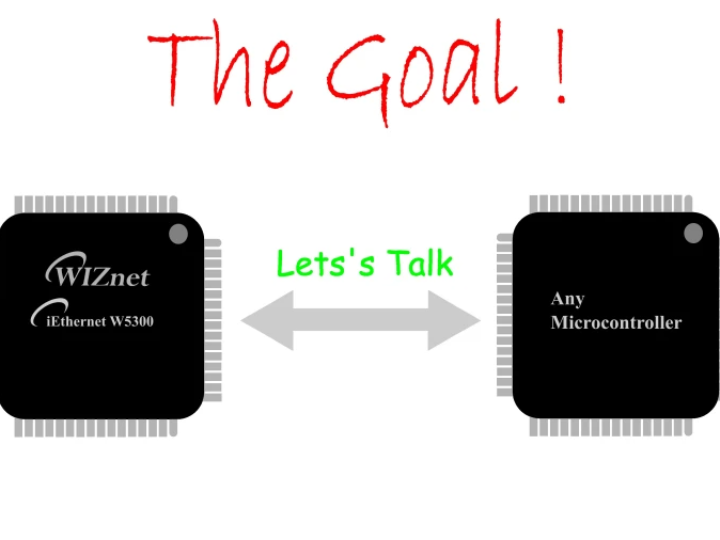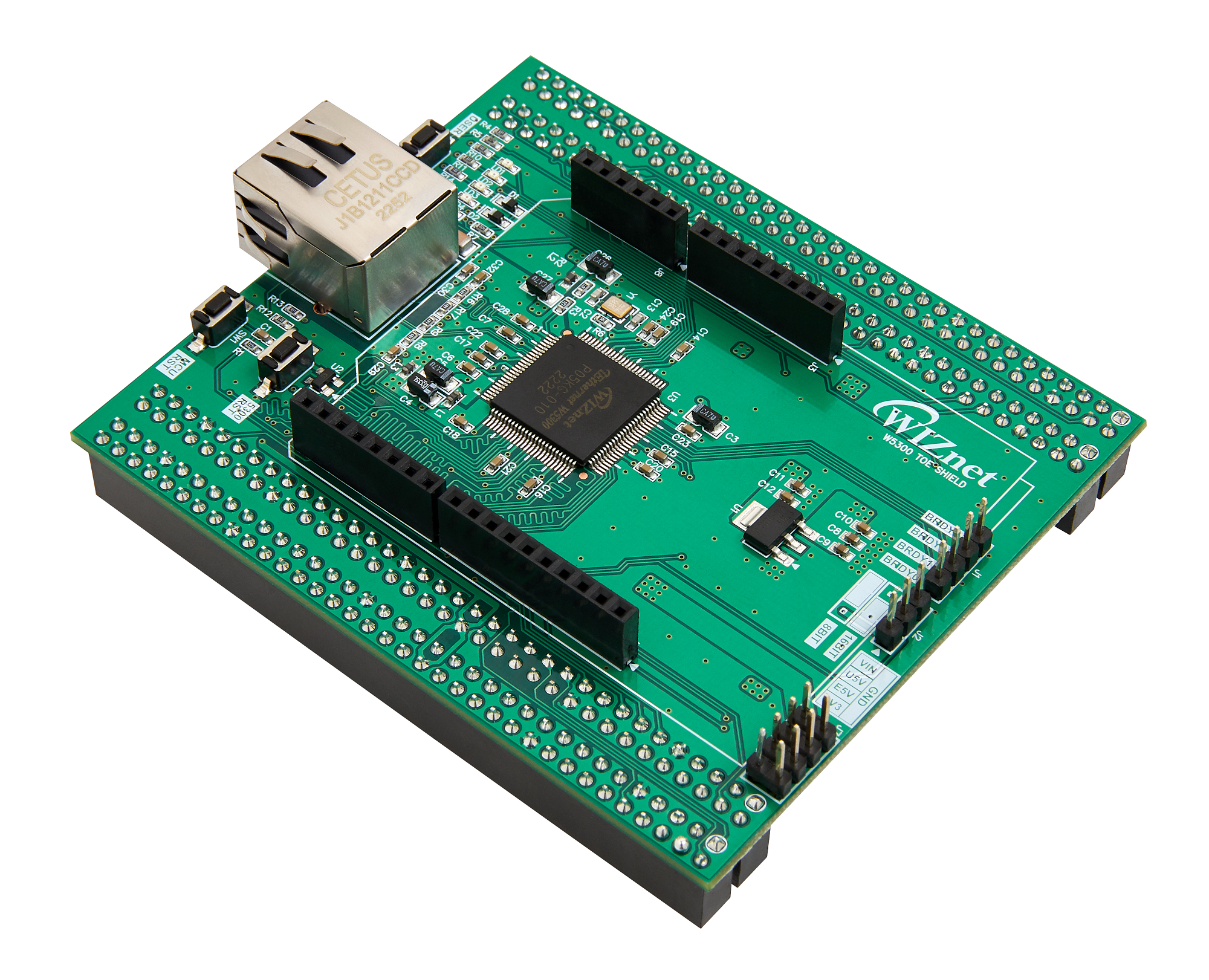WIZnet’s W5300 Indirect Address Mode with 8-bit Data Bus
This post delves into WIZnet’s W5300 Indirect Mode with an 8-bit Data Bus.

Software Apps and online services
In the rapidly evolving landscape of the Internet of Things (IoT) and embedded systems, the need for reliable, high-speed connectivity solutions is paramount. WIZnet, a renowned player in this arena, has carved out a significant niche for itself, particularly with its W5300 Ethernet controller. This article dives deep into the capabilities of the W5300, elucidating its features, applications, and how it stands out in the realm of IoT connectivity solutions.
Introduction to WIZnet's W5300 Ethernet Controller
At the heart of WIZnet's offerings is the W5300 Ethernet controller, a robust solution designed for the demands of modern IoT and embedded systems. The W5300 is not just any network controller; it is engineered to facilitate seamless and efficient connectivity, with an array of features that bolster its performance and ease of use.
Key Features and Benefits
1. Integrated Hardware TCP/IP Stack: The W5300 is equipped with a hardware-based TCP/IP stack, a feature that significantly offloads processing from the host microcontroller. This not only enhances system performance but also allows the microcontroller to dedicate more resources to application-specific tasks, a boon for complex IoT applications.
2. High-Speed Performance: With support for up to 80 Mbps of data throughput, the W5300 is a powerhouse when it comes to handling high-speed data transmission. This capability makes it an ideal choice for applications that demand rapid data exchange, such as streaming media, high-speed data logging, and real-time communication systems.
3. Versatile Network Protocol Support: The controller's support for a myriad of networking protocols, including TCP, UDP, ICMP, ARP, IPv4, and IGMP, underscores its versatility. This wide-ranging protocol support enables developers to craft diverse networked applications with a single chip, simplifying design processes and reducing time to market.
4. Cost-Effective Networking Solution: The W5300 provides an economical route to adding networking capabilities to embedded systems. Its integration of a hardware TCP/IP stack and support for various protocols eliminates the need for additional components, thereby reducing overall system costs.
A Deep Dive into the W5300's Technical Excellences
The W5300 thrives in environments that demand reliability and efficiency. Its design is tailored for straightforward integration into existing systems, offering both Direct and Indirect Address Modes with 8-bit or 16-bit data bus options. For projects like the one described, where the W5300-TOE-Shield is used alongside a Raspberry Pi Pico, the chip's flexibility is evident. The choice of Indirect Address Mode with an 8-bit Data Bus, for instance, minimizes GPIO pin usage—a critical consideration for compact, resource-constrained devices.
Practical Application and Implementation
The practical implementation of the W5300 in IoT and embedded projects is exemplified in the detailed exploration of setting up a project using the W5300-TOE-Shield and a Raspberry Pi Pico. The project underscores the W5300's adaptability to different microcontrollers and development environments, including MicroPython, a popular choice for rapid development and prototyping in the IoT space.
The step-by-step guide through the datasheet safari, hardware connections, and firmware development offers invaluable insights for developers looking to harness the W5300's capabilities. From configuring GPIO pins for data bus communication to executing read/write operations via indirect mode, the process is laid out with clarity and precision, ensuring that even those new to embedded programming can follow along.
Exploring New Frontiers: Programmable I/O for Enhanced Performance
The mention of Programmable I/O (PIO) in the context of the RP2040 microcontroller introduces a tantalizing possibility for pushing the W5300's performance even further. PIO offers a way to implement custom low-level protocols directly on the microcontroller, potentially unlocking new levels of efficiency and speed in data handling and processing. This exploration points to the ongoing innovation in the field, where leveraging such advanced features could lead to groundbreaking applications and use cases for the W5300.
Conclusion: The W5300 as a Catalyst for IoT Innovation
The W5300 Ethernet controller from WIZnet emerges as a formidable solution for IoT and embedded systems, distinguished by its high performance, comprehensive protocol support, and ease of integration. Its design ethos, focusing on efficiency and versatility, aligns perfectly with the demands of modern IoT applications, where reliability and speed are non-negotiable.
As IoT technologies continue to advance, the W5300 stands as a testament to WIZnet's commitment to innovation and excellence in connectivity solutions. Whether for professional developers or hobbyists venturing into the IoT space, the W5300 offers a solid foundation for building the next generation of connected devices, driving forward the IoT revolution.
Further Reading and Resources
For those intrigued by the W5300's capabilities and looking to dive deeper, WIZnet provides extensive documentation and resources, including datasheets, application notes, and guides on their official product pages. These resources are invaluable for anyone looking to embark on a project with the W5300 or explore its full potential in IoT and embedded applications.
In the journey of IoT and embedded system development, the W5300 by WIZnet emerges not just as a component, but as a cornerstone of innovation, enabling developers to realize their visions for a connected future.
Original : tinkererway.com/2023/08/17/wiznets-w5300-indirect-address-mode-with-8-bit-data-bus/
Github :github.com/amalmathewtech/wiznet_w5300_worspace


